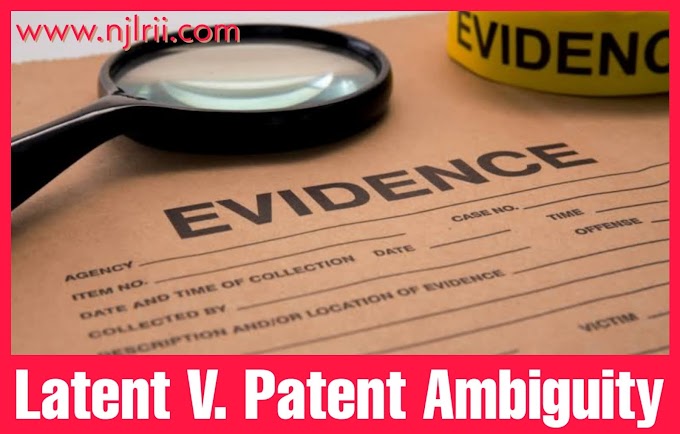ABSTRACT
The scientific field that is most frequently used to identify people in court is forensic dentistry. Every person has a different dental formation. Bite marks and skull structure are used to identify an individual. techniques for identifying sex, estimating age, determining race, and analyzing bite marks. The collection methods utilized to extract the dental records are discussed in this article. Using forensic dentistry in court, particularly for reviews admissibility of forensic evidence in Indian cases involving sexual assault. Determining the dental cast, photograph, and wax impression reveals the difficulties that the legal community's expert community faces.
INTRODUCTION
A subfield of forensic science called forensic odontology, or forensic dentistry, focuses on using dental knowledge and skills in criminal and judicial investigations. It entails the analysis, presentation, and assessment of dental evidence in both criminal and civil proceedings.
One of the works of Dr. Oscar Amodeo, who is regarded as the father of forensic odontology, was a case document of dental identification in which more people perished in a disaster. Odontology means "study of teeth," and forensic means "law," derived from the Latin phrase meaning "to the forum," which literally translates to "to the court." Professor Keiser Neilson stated in 1970 that forensic odontology is the area of dentistry that deals with the appropriate handling, examination, and presentation of dental findings in the interest of justice. Teeth are an important source of evidence in forensic investigations because of the distinctive features of the human dentition, including tooth anatomy, dental records, and dental materials. With the use of their dental expertise, forensic odontologists help identify human remains, determine the age and sex of individuals, and provide details regarding the oral health and dental history of the deceased or the offender.
Keywords : Forensic Odontology,Chain Reaction, Determination
HISTORICAL DEVELOPMENT OF THE FORENSIC ODONTOLOGY
The history of forensic odontology can be traced back to important moments in the field's evolution from antiquity to the present: In 1193, the Raja of Kanauji Jai Chand was identified by his fake teeth, marking the beginning of forensic identification in India. In 1814, a dentist was listed as an expert witness in the Scottish case of Mrs. Janet McAlister. Abraham Lincoln's body was identified in large part thanks to the forensic dental record. John Wilkes Both killed him in 1865 and fled to Virginia. Although US cavalry killed Booth on the scene as well, tales circulated that he was still alive years after. Consequently, the body was dug up and re-examined in 1893. The jaw structure indicated in the dental records created during file restoration allowed the family dentist to identify the booth body. Adolf Hitler's report on dentistry.Unfounded rumors circulated regarding Adolf Hitler's demise. Hitler and his wife did, however, die simultaneously in 1945, and their bodies were burned and buried by a Russian soldier. It was challenging to refute the claim because there were insufficient antemortem and postmortem records. Additionally, there is proof that Hitler's bodily parts were recorded in the reconstruction methods. Using dental records, Hilter's dentist verified his passing.
Forensic dentistry is still a relatively new discipline in India that involves science in relation to the judicial system. We weren't accustomed to using science identification or criminal justice administration at first. From the Garden of Eden biting apple, which was once thought to be a record of a bite mark, to the Nirbhaya case, when the accused's bite mark was cast in a dental cast, it demonstrates the vital role that forensic odontology has played in precise identification throughout the administration of justice. These days, with all the advancements, forensic dentistry is quite helpful in the legal industry.
DENTIFICATION OF DENTAL RECORDS
The human body's teeth are the strongest and most resilient tissues; they can withstand more heat, shock, water, decomposition, and desiccation than any other portion, and they remain intact even after a person passes away. Because of this, dental evidence is a useful source of data for forensic analysis. major function in identifying remains in cases where traumatic tissue damage, postmortem alterations, or the absence of a fingerprint record render the use of the ocular or fingerprint approach ineffective. DNA that is subsequently extracted from saliva, oral mucosal cells, and teeth can be found in the oral cavity.



.jpeg)


